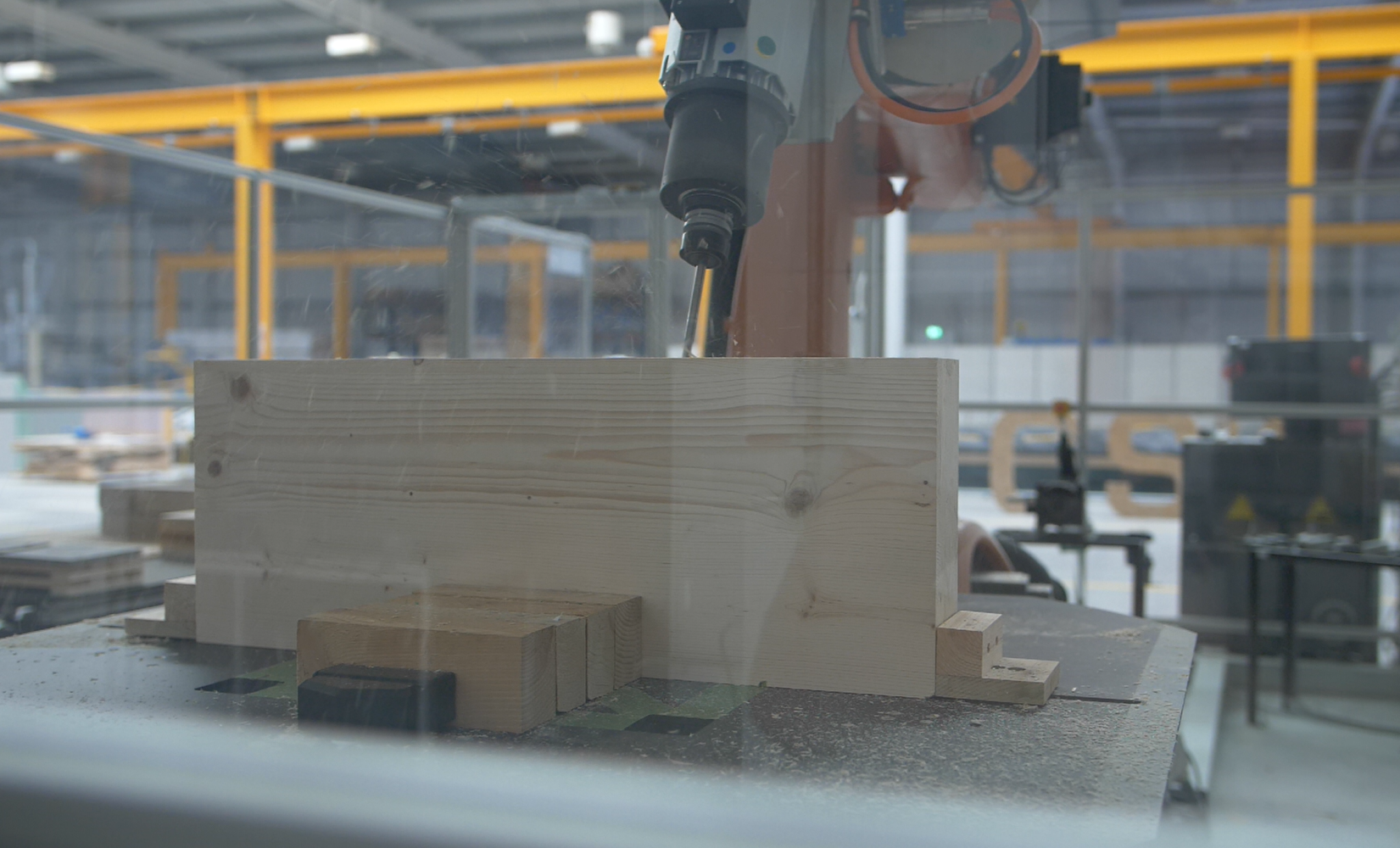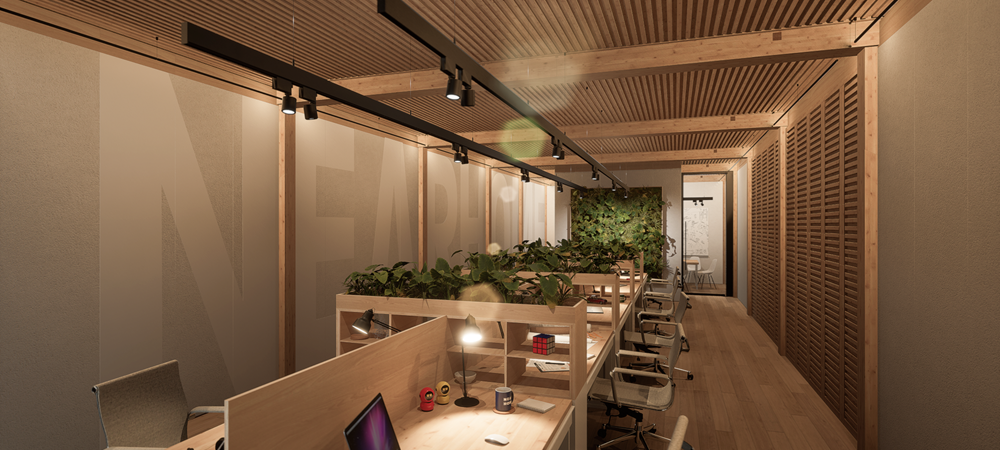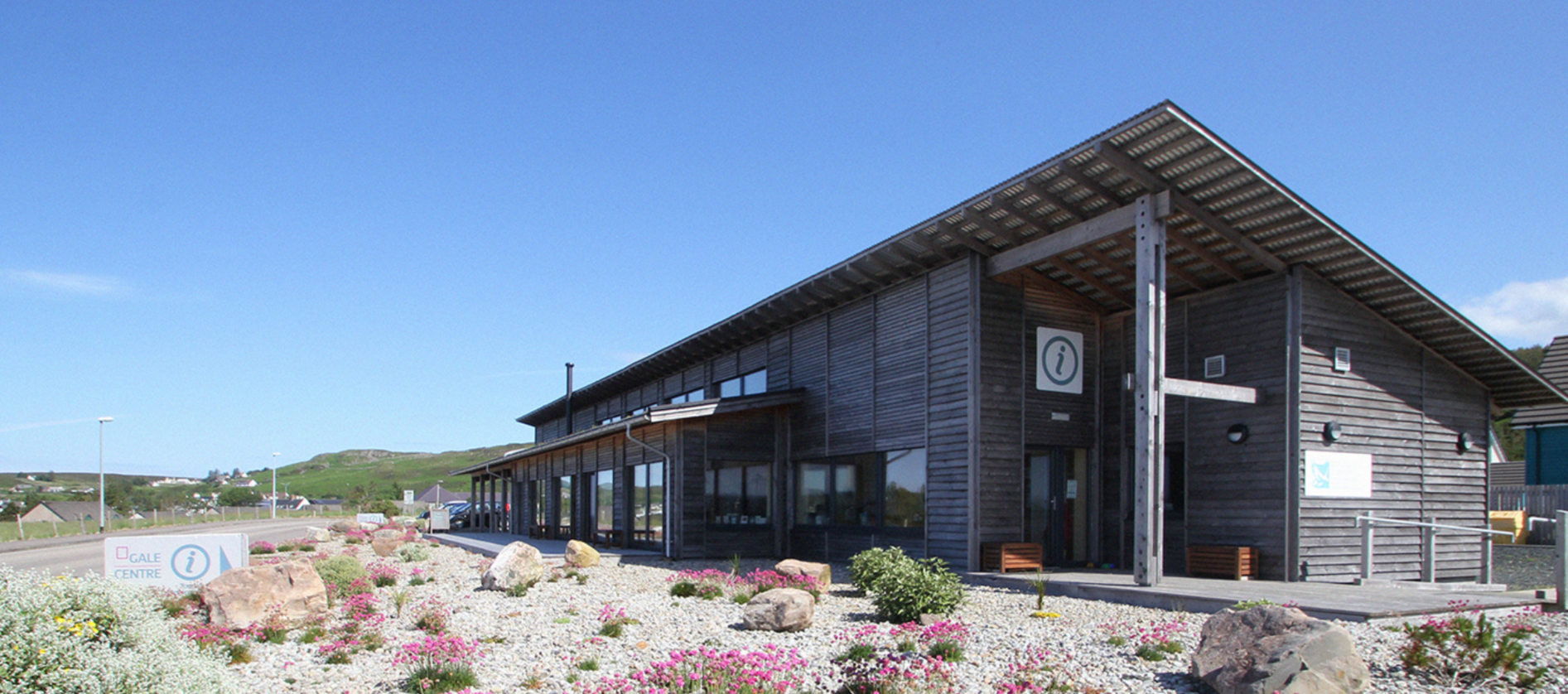Content
NHS Louisa Jordan: Digital design and human dedication
Glasgow’s SECC transformed into a hospital in just three weeks
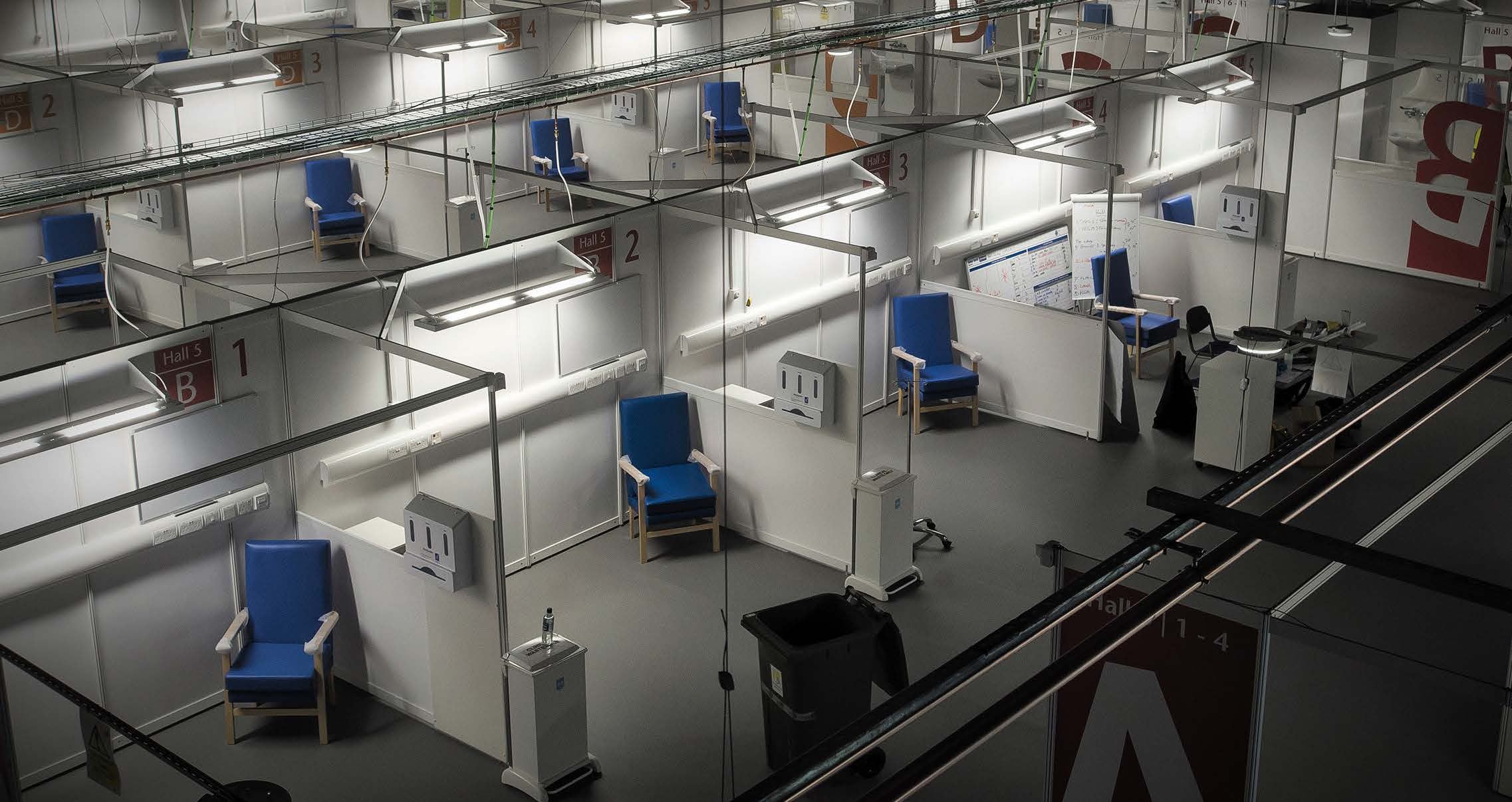
Local expertise boosted Scotland’s healthcare provision during the COVID-19 pandemic
In the early days of the COVID-19 pandemic, a key concern for the UK government and NHS was that the country’s hospitals would be overwhelmed. Plans were drawn up for temporary emergency critical care hospitals across the UK. Scotland’s Louisa Jordan Hospital, thanks to an incredible effort across the supply chain and the smart use of digital technologies, went from concept to delivery in just three weeks.
The background
The initial briefing for the Louisa Jordan Hospital project was delivered to lead contractor Balfour Beatty by the British Army on Saturday 28 March 2020. By 5pm that evening, a detailed plan had been prepared, including a full cost plan, programme and outline design.
In just one day, multiple site visits had been undertaken with the supply chain, 24,000m2 of anti-slip vinyl was secured and more than 60 joiners were placed on standby. In addition, temporary electrics layouts had been designed and the kit was being built.
By the end of April following Saturday, the FFE schedule was released and the full schedule costed. Initial technical queries had been identified and were being investigated, and a schedule of deliveries produced. Kit that would normally take 8-10 weeks to procure had already arrived and was ready for installation.
Local involvement for fast mobilisation
This project brought together a full complement of Scottish expertise. Balfour Beatty as principal contractor was supported in construction work by Graham, and Keir Group and Robertson with FES.
US firm AECOM’s Glasgow team offered engineering, consultancy and project management services and Glasgow architect firm Keppie, already working on extending the SEC facility, was able to develop a core concept for the hospital within hours of arriving on the project.
M&E engineers Hulley and Kirkwood, working from their Glasgow HQ, carried out a rapid evaluation of existing mechanical services and used their extensive healthcare sector expertise to deliver design solutions for the services the new hospital would need.
Creating control
With so many contractors and sub-contractors involved, along with the Scottish Government, the military, NHS Scotland and a long and complicated supply chain, the Louisa Jordan Hospital team needed to maintain tight control from the outset.
Field management and collaboration software Autodesk BIM 360 was used from the beginning to capture live data and co-ordinate and report progress to all contractors and the client. That meant
multiple stakeholders were able simultaneously to view and interact with project data, to monitor progress 24/7, and to offer approvals and actions as needed.
At the same time cloud-based technology allowed multiple trades to digitally plan, sequence and install packages on site quickly, cohesively and without impacting on each others’ work. QR codes were used to connect digital and physical workspaces, allowing real-time snagging and resolution management.
Key achievements of the use of technology included:
- Over 1,000 items of equipment mapped within 48 hours
- Flexibility — system adapted to the rapidly-changing environment
- Quality control and productivity measurement
- Collaboration — all parties had access to the system and training was provided where needed
- Automated reporting and transparency, allowing decisions based on data, output and issues raised and rapid transfer of essential information to the workforce
Bringing local benefits
The circumstances surrounding the hospital always meant that if it wasn’t used for COVID-19 patients it would be considered a success. And while that ultimately was the case, the facility still offered significant benefits to the Glasgow and NHS Scotland communities.
In July 2020 a test run to see if the hospital would be suitable for treating non-COVID patients on an outpatient basis was announced. The initial plan was to receive a small number of orthopaedic outpatients. If the experiment proved successful, a wider range of services that had been delayed by the pandemic could be resumed.
By the end of the month, more than 300 orthopaedic and plastic surgery consultations had been carried out and plans were put in place to expand the services being offered to include X-rays, CT scanning, ultrasounds and specialist dermatology.
By August, the hospital was also being used as a training base, and by the end of October 2020 more than 1,000 NHS staff and students had received clinical skills and training. At the same time, the number of patients seen had increased to around 6,000. It was announced in August that the hospital would remain open over the winter, and begin delivering COVID-19 vaccines in December 2020.
At the beginning of February 2021, more than 23,700 outpatient treatments and 60,000 vaccines had been received.
The hospital is scheduled to close at the end of March 2021, by which time it’s expected to have delivered 32,000 outpatient and diagnostic appointments, provided training for almost 7,000 healthcare staff and students and administered vaccines to around 175,000 people in the Glasgow area.
“We said from the start that this facility has a vital part of our COVID-19 contingency planning, but we hoped it would not be needed to treat COVID patients,” said Scottish Government Health Secretary Jeanne Freeman. “Thanks to the continued efforts of the public, we have been able to maintain capacity in our hospitals across the country and use this facility to remobilise health services and treat patients.
“I want to thank everyone who has supported the establishment of NHS Louisa Jordan, from the contractors involved in the building work to the support staff and the healthcare staff who have treated patients and administered Covid vaccinations. Each one of them has played a vitally important role in helping to protect our NHS and save lives.”
The local legacy
NHS Louisa Jordan at a glance:
- Concept to delivery in three weeks
- Delivery chain including 81 employees and 263 supply chain members mobilised in 24 hours
- 24,000m2 facility designed, procured, constructed within 20 days
- 1036 patient beds
April 2020 – March 2021:
- 32,000 outpatient appointments
- 175,000 vaccinations
- 6,900 staff and students trained
- 500 blood donations
- Occupational Health services for 1,000 people

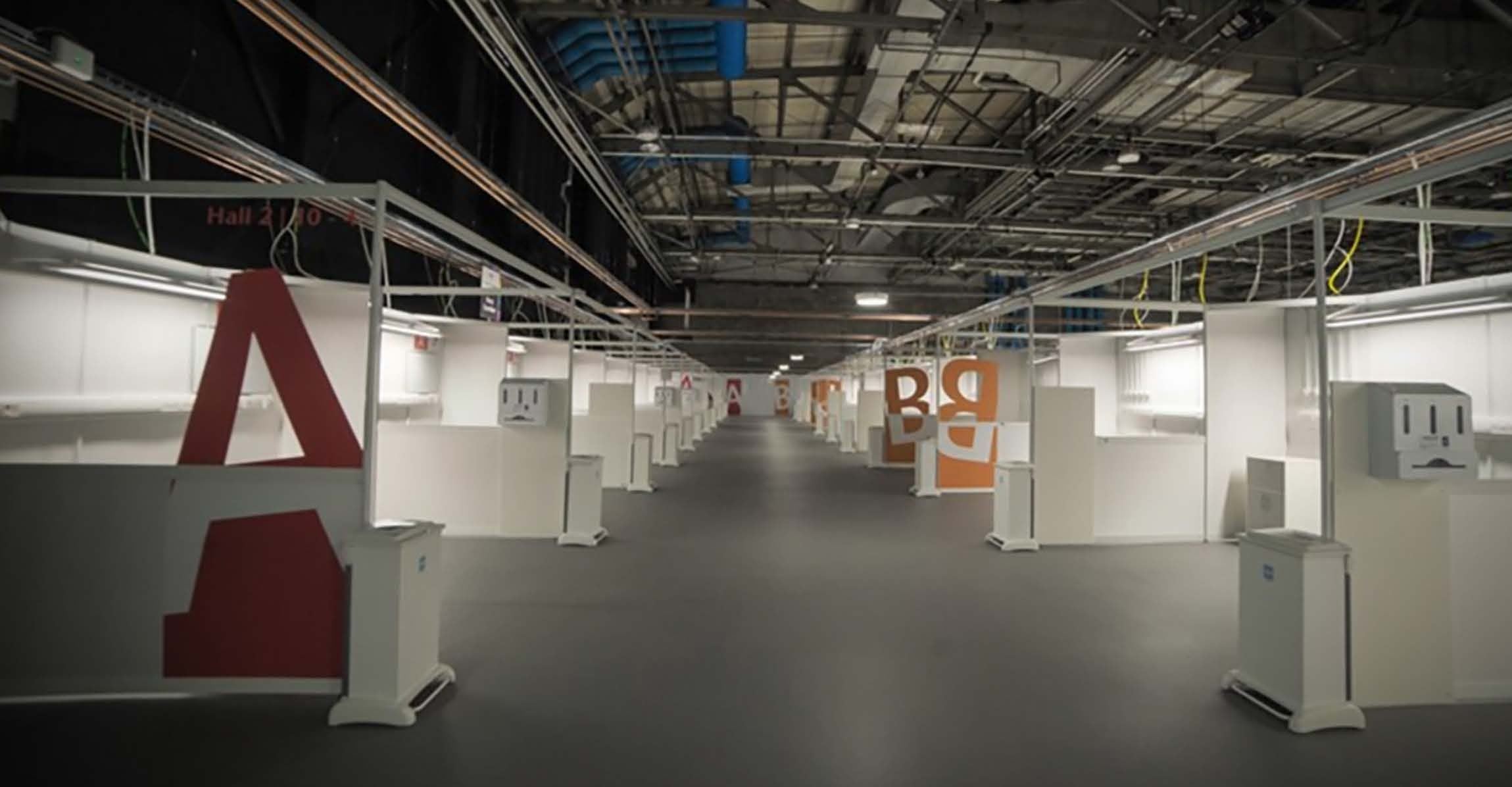
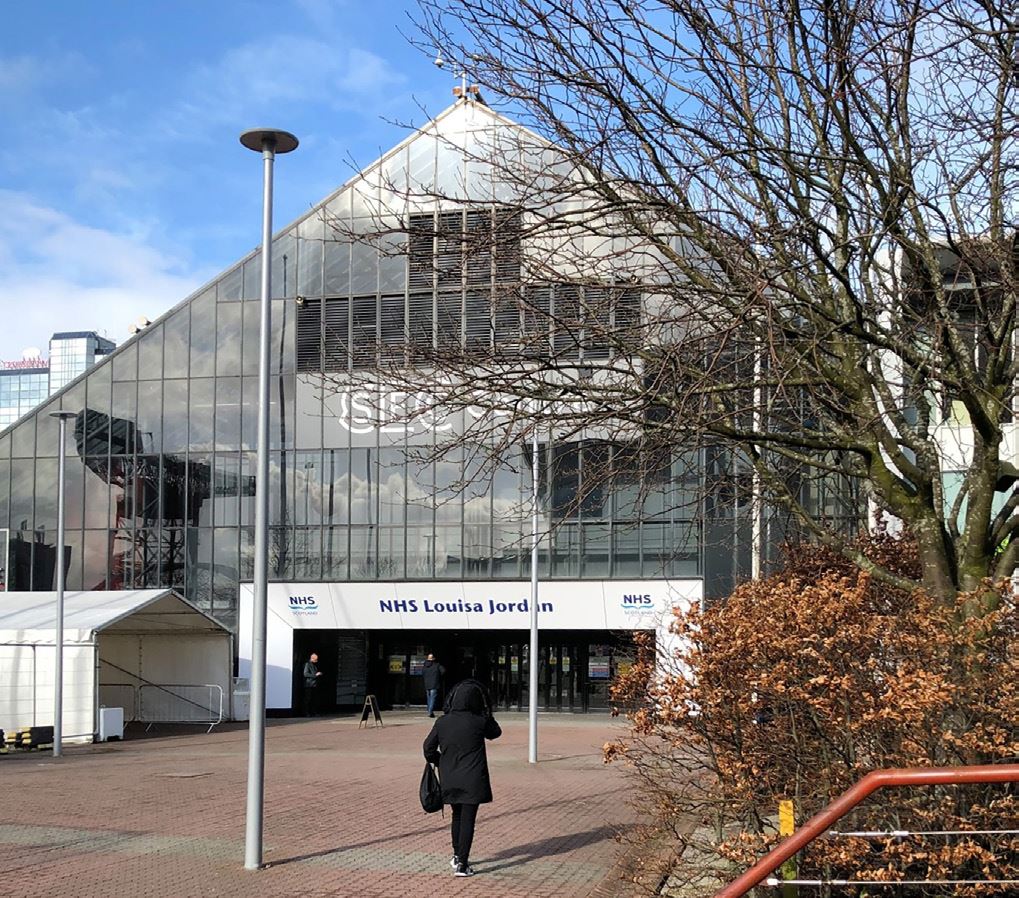
Glasgow
£38 million
April 2020
Outstanding Achievement in Partnership Award
Scottish Property Awards 2021


